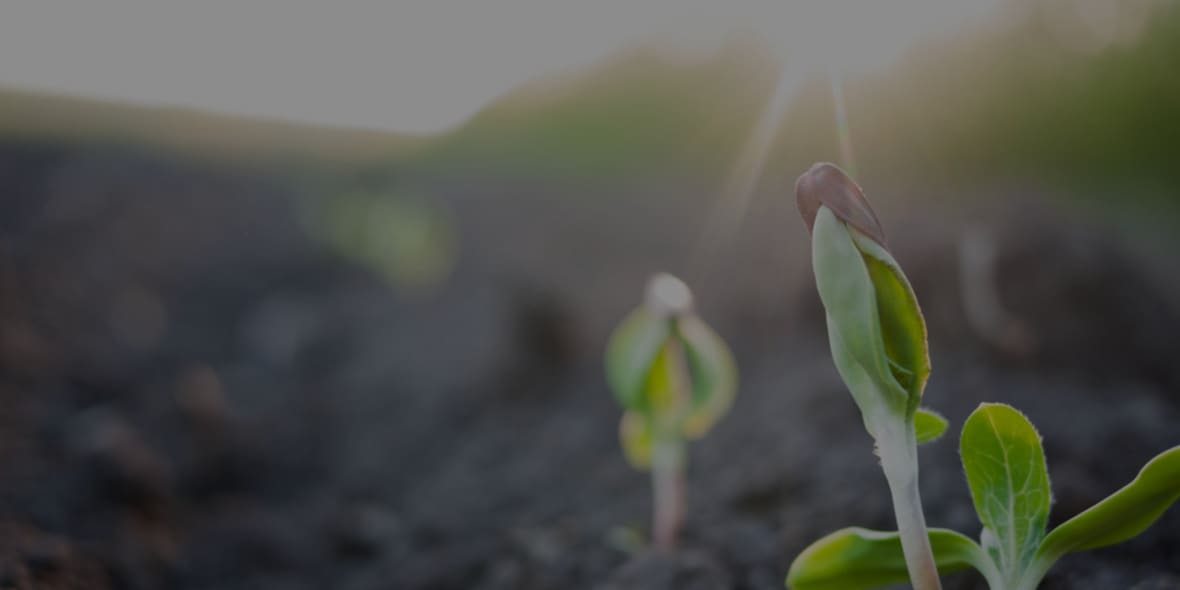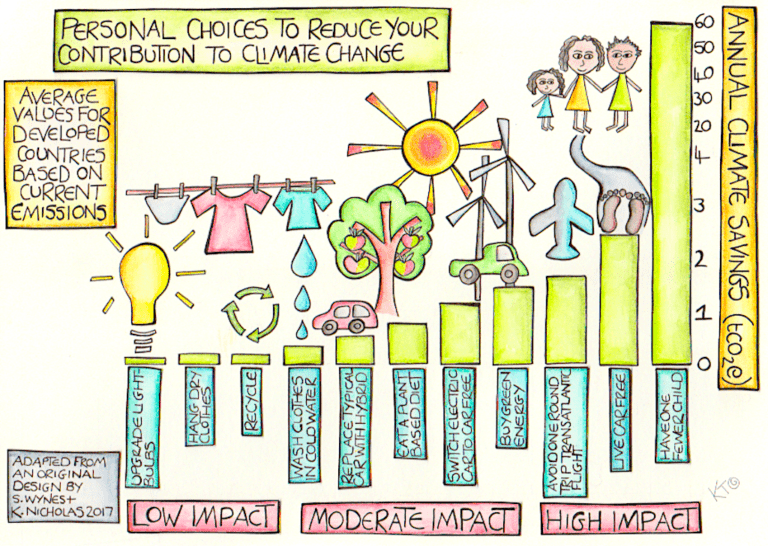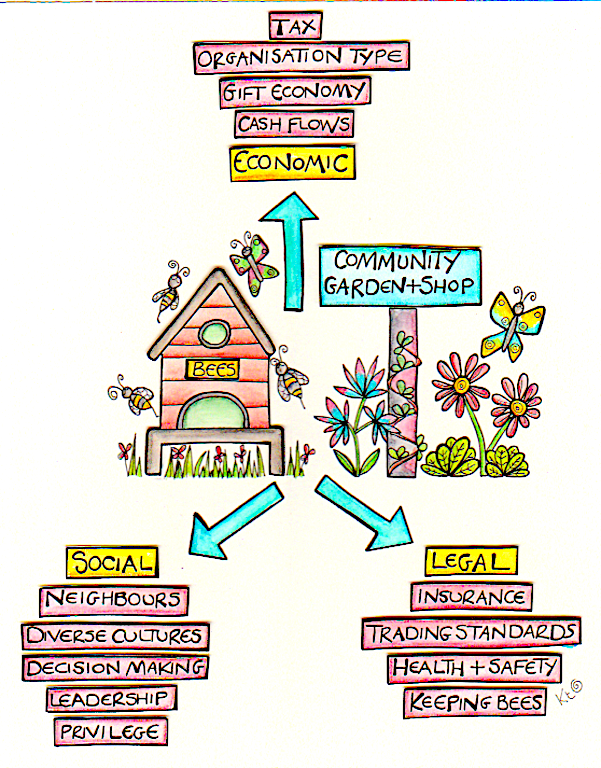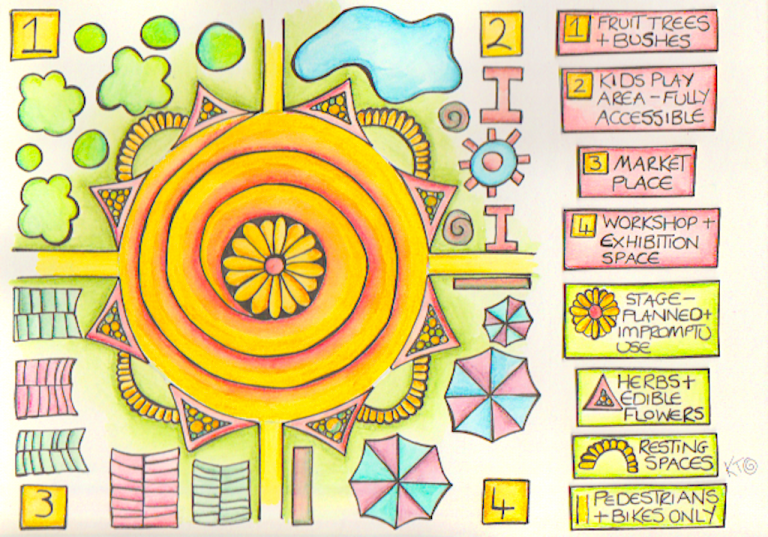
Emotional Permaculture: Cultivating a Designer’s Mindset toward Your Inner Landscape
What is Emotional Permaculture? Whether you call it self-care, zone 00, or your inner landscape, it’s all about using ecological design principles and strategies to master our mindset and thus, our behavior.
Unfortunately, even the most adept ecological designers often fail to recognize the essential social elements within any community, and almost completely misses the importance of the designer’s mental health and emotional well-being.
I believe that, if we can tighten our design, and spiral all the way inward to gain a mastery over our emotional landscape, then the big picture will snap into place much more clearly, and perhaps we might even have a chance at survival as a species.
All cataclysmic “inevitabilities” aside, ecological design, in practice, whether agricultural, structural, social, emotional, or any combination of the above, is simply loads of fun. An ecological life, on any scale, is filled with wonder and abundance!
There is truly no place I would rather be than out in the yard, moving stuff around and trying to figure out how to always make my home and garden more beautiful, more productive, less consumptive, less wasteful.
I especially love the emotional stuff — sit down with some brainiac friends and have a look at any list of permaculture principles. Ask yourselves how they apply to human relationships, and you’ll have days of lively conversation about it.
When you train your mind to remember permaculture theories, to pull them out like a master crafts person would pull out her favorite chisel, then you begin to see everything around you differently.
These slow, steady changes in the way you experience the world shouldn’t be taken lightly, nor should they be rushed.
One step at a time, we become adept at Caring for the Earth, Caring for the People, and Sharing the Abundance that spills forth from every corner of the emotional permaculture path.
Emotional Permaculture: Where do we begin?
Some questions to ask yourself and think about:
- How do you limit your own yield?
- Is your “emotional landscape” designed for resilience and sustainability?
- How can you maximize your creativity as a designer by being more mindful to self-care and emotional health?
This is important not only to your own work, but also if you plan to interact with others on a project. If you aren’t well-designed in your own self, you won’t be of much use to the team. We’ve all had those experiences with somebody who had a solid skill set in the project at hand, but was emotionally challenging to work alongside. Don’t be that person!
Allow all of what you learn in this course to support you as a human, the designer.
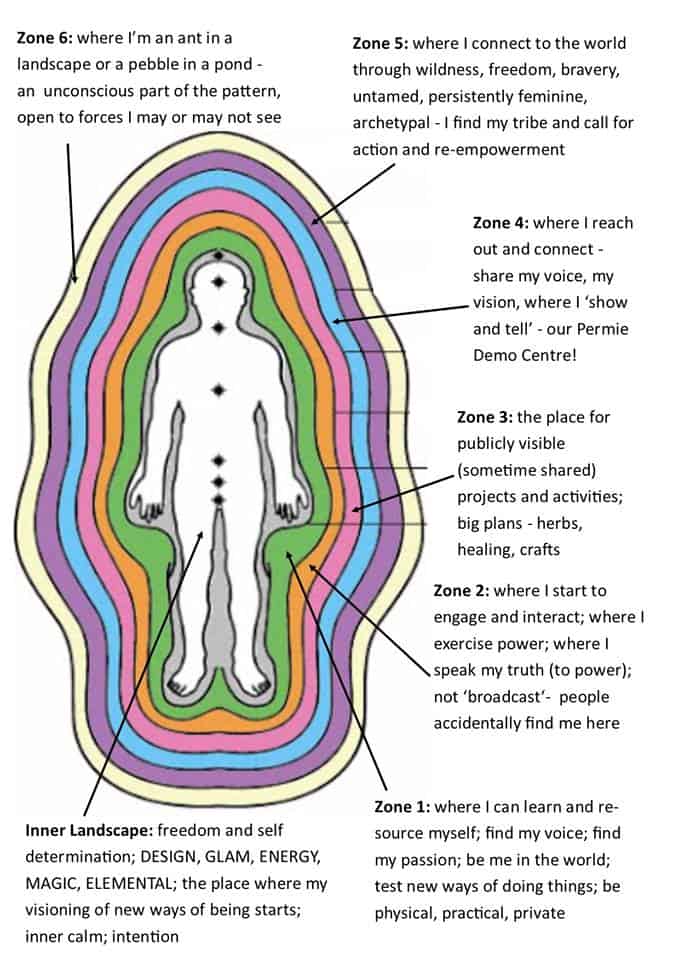
This video is excerpted from the Emotional Permaculture: Design Your Inner Landscape course.
Emotional Permaculture: principles, revisited
How can permaculture principles help us to care for and nurture our inner landscape?
- Start small. Give yourself a break. Take a bath, spend time alone. You can’t save the world all by yourself, so don’t beat yourself up if all you can do is a little bit each day. Self-care is important, and you matter.
- Find a niche. If everything feels like an uphill struggle, you might be on the wrong hill. The key to turning competition into cooperation is to find and fill the niche that is right for you.
- Prohibit waste. Be diligent about what you bring into both inner and outer landscapes. Remember that unused surplus is waste, so don’t hoard emotions or opportunities any more than you would hoard food you can’t possibly consume. Keep things moving and the abundance will flow.
- Slow and steady wins. Permaculture, on every scale, is a daily practice. Take your time, stay the path, and obtain a yield when you can.
- Catch and store energy. Make sure you eat a healthy and balanced diet and get adequate shuteye, so that your inner landscape stays replenished and balanced, and you are strong enough and healthy enough to carry on implementing your design.
- Seek and value feedback. Overwhelmed? Confused? Frustrated? Seek help! Solicit the opinions and advice of others impacted by your design. And listen.
- The problem is the solution. Usually. Sometimes a problem is just a problem, and you have to be careful not to bypass the real struggles of others with this principle. But often, if you peel back a few layers of the problem at hand, the solution will be revealed. It’s worth a try!
- The designer limits the yield. Your attitude, your choices, your body, your boundaries and more will limit your yield. By the same token, limiting your own growth and consumption is an important responsibility, so take a careful account of your boundaries and make informed choices accordingly.
- Mistakes are tools for learning. Fall down, get back up. Keep trying and you’ll learn way more than if you give up.
- Meet needs with multiple resources. Don’t put all your eggs in one basket! If your whole inner landscape depends on the approval of your parents, your partner or your boss, you’re not going to be very resilient. It’s normal and healthy to care what others think. But spread your dependencies around and build a core of self-worth to fall back on and nobody will ever be able to pull the rug out from under you.
- Focus on relationships, not components. Permaculture is all about relationships. Boundaries and relationships. So whenever you have an issue, remember this. Permaculture IS relationships. Fix the relationships and you fix the system.
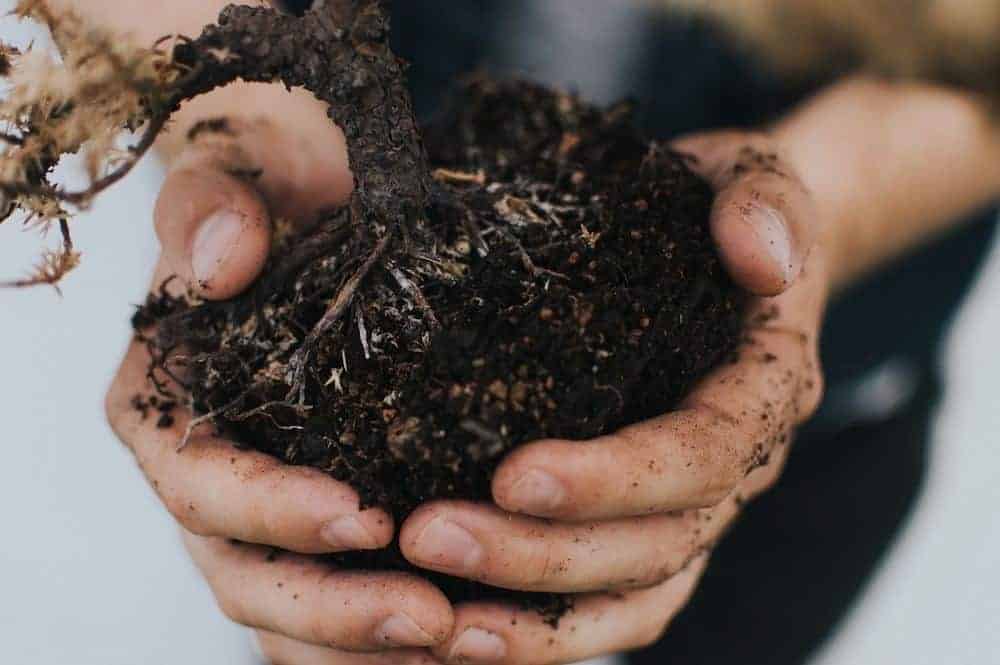
Emotional Permaculture: Can playing in the dirt cure depression?
Over the past decade or so, dozens of studies have come out about how dirt contains microbes that actually heal your mind. This article and this one are both very interesting. Check out this video intro to this revolutionary concept:
Emotional Permaculture: Avoiding and Overcoming Burnout
No matter how well you inner landscape design starts out, it can be all too easy to slip into a rut.
Emotional Permaculture: Everybody needs support
Sometimes, just talking it out with a loving, neutral party can make a huge difference in how effectively we manage our emotional landscape. But not everybody can afford a therapist!
Here’s a silly yet surprisingly powerful option:
Want to learn more about this and other topics related to permaculture, sustainability, and whole-systems design? We offer a range of FREE (donations optional) online courses!
Relevant Links and Resources on Emotional Permaculture
Elizabeth Rowland is another long-time permaculture practitioner who has developed a fascinating body of work about emotional permaculture.
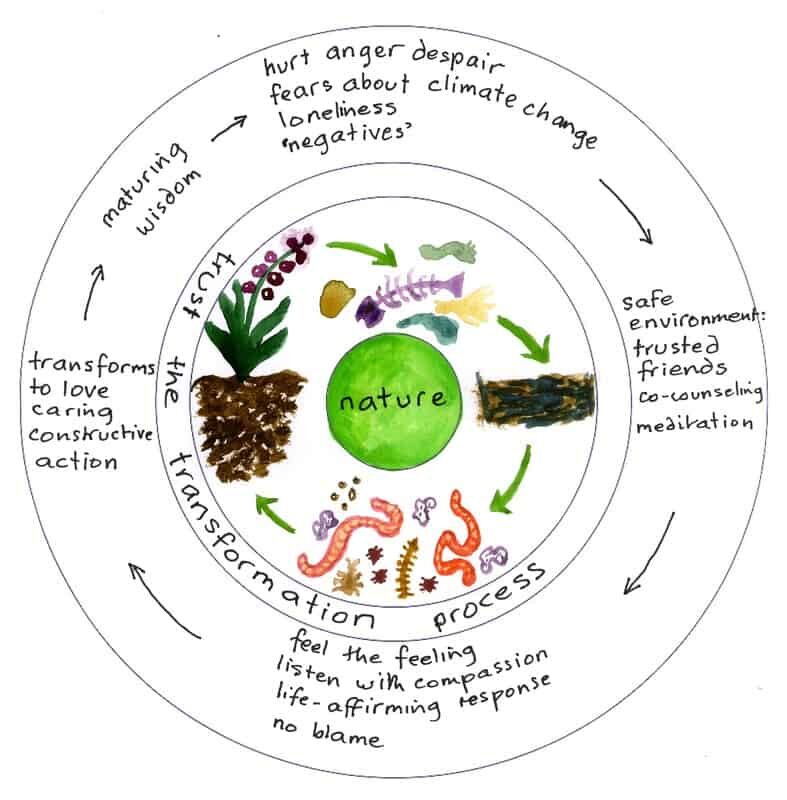
The above image, created by ecofeminist author Dido Dunlop, is connected to her book, Storm Weathering: a Workbook for our Inner and Outer Climate. Also check out this wonderful article, about how to compost painful emotions.
